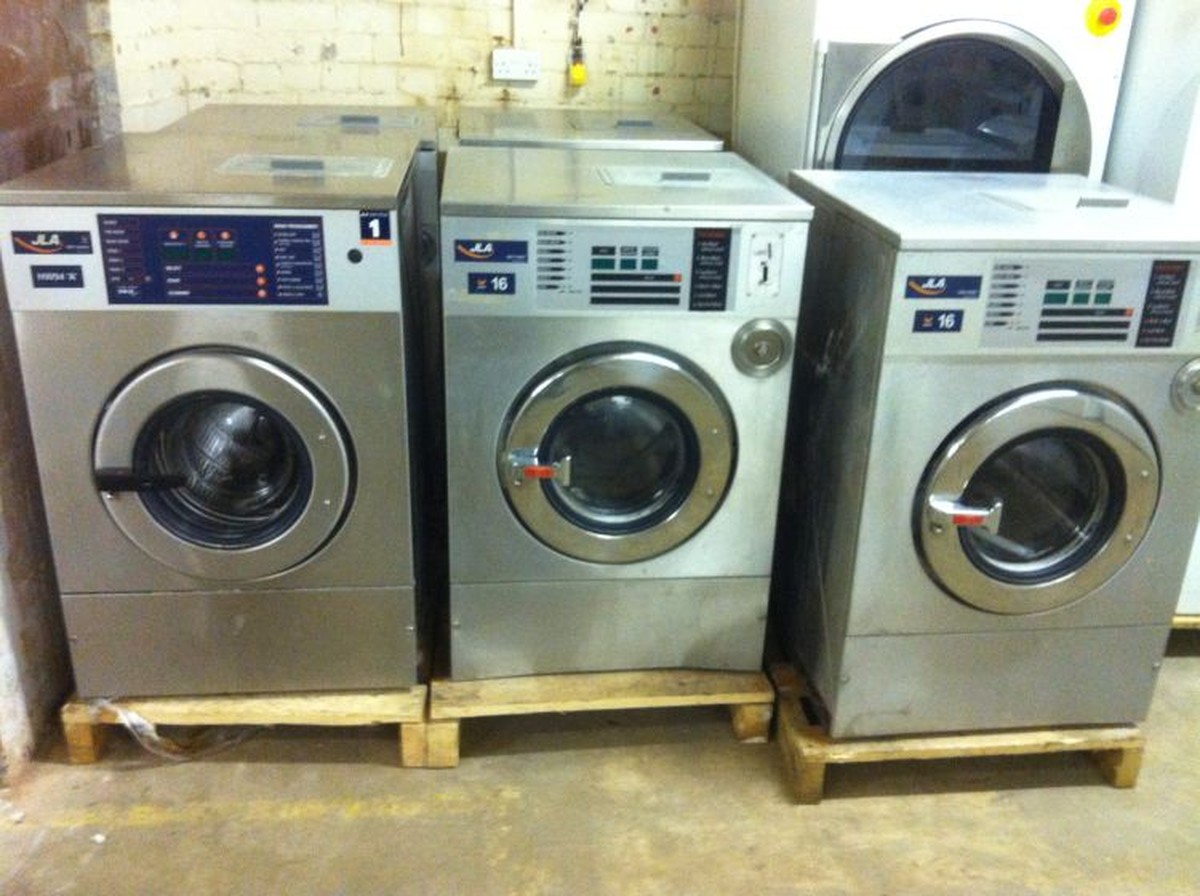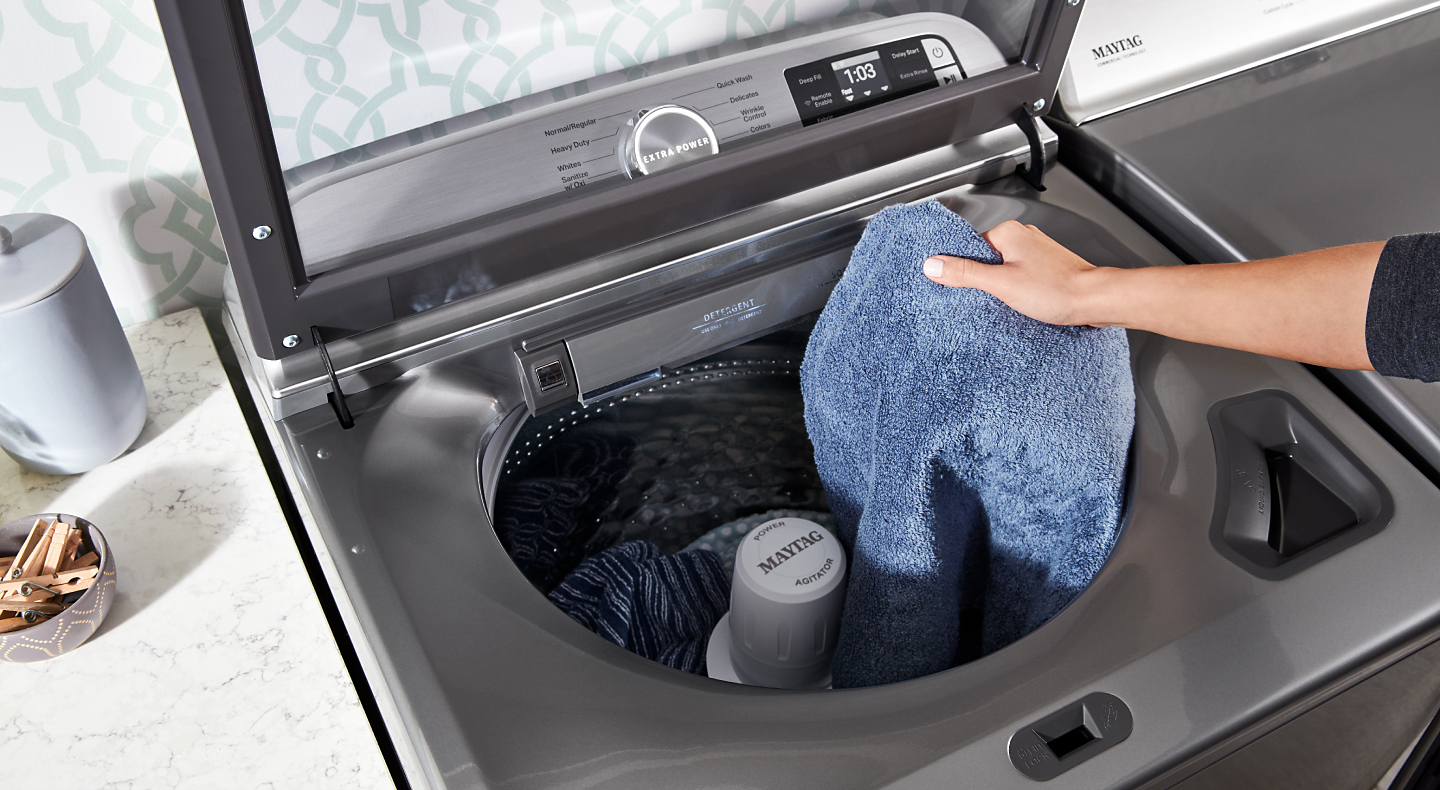High speed commercial washers have become a go to choice for laundromats, hotels, hospitals, and garment services that need faster cycles and consistent results. By extracting more water during the spin phase, they shorten drying time and increase daily throughput without expanding floor space.
They do cost more than standard machines, but many operators see payback through energy savings, lower labor strain, and the ability to serve more customers per day. To decide if they fit your site, you need to understand how they work, what they cost, and where they deliver the strongest value.
What makes a washer high speed and why it matters

A high speed washer is defined by its g force during extraction, which is far above that of a traditional hard mount or low speed unit. The higher g force removes more moisture from textiles, so loads leave the drum noticeably drier.
This matters because drying is usually the slowest and most expensive part of the laundry process. When loads start the drying cycle with less water, dry times drop, gas or electricity use falls, and dryers handle more turns per hour.
Many high speed models also use inverter driven motors and flexible programming. That lets operators tune wash action for delicate fabrics, heavy duty uniforms, or bulky items without compromising performance.
If you are comparing different capacities and vendors, finding more on laundromat equipment for sale can help you see how extraction speed, drum size, and control options vary across current commercial lines. The key is to match g force and programming depth to the mix of loads you expect to handle daily.
Costs, installation needs, and real payback drivers

High speed commercial washers cost more up front because of stronger suspension systems, advanced drive components, and tighter manufacturing tolerances. Pricing varies by size and brand, but you should expect a clear premium over standard machines of the same capacity.
Installation can also be more involved. Soft mount high speed units need proper leveling, reliable anchoring, and sometimes reinforced flooring to handle the dynamic forces of high g extraction.
However, payback often comes from three places. First, dryers run less, which cuts utility cost and extends dryer life.
Second, faster wash and dry turnaround increases throughput. In a busy laundromat or hospitality plant, even a small drop in average cycle time can add several extra loads per machine per day.
Third, some high speed units use water more efficiently through optimized fill levels and rinse logic. That reduces water and sewer bills, especially in regions with rising rates.
To estimate return, calculate your average loads per day, current dry time, dryer cost per cycle, and peak period congestion. If high speed extraction frees dryer capacity or removes weekend queues, the financial benefit can be larger than the energy savings alone.
Best use cases and how to choose the right model

High speed washers shine in environments where time and textile quality are equally important. Laundromats benefit because customers value speed, and operators gain more turns from the same footprint.
Hotels and resorts see value because linens are bulky and heavy with water, so extraction improvements translate directly into shorter production windows. Hospitals and care facilities benefit from better moisture removal that supports thermal disinfection cycles and reduces handling time for large volume loads.
Industrial and uniform services often use high speed washers to reduce bottlenecks on heavy soils. The ability to program wash formulas precisely also helps protect fabric life while still hitting hygiene and stain removal targets.
When selecting a unit, start with capacity and consider your heaviest typical load. Then look at g force ratings, programmability, service network, and parts availability.
Energy and water features matter, but reliability and local support matter more over a ten year lifespan. A slightly cheaper machine that is hard to service can cost far more in downtime than a premium unit with a strong dealer nearby.
Conclusion: High speed commercial washers offer faster turnaround, lower drying cost, and higher throughput, making them a smart investment for many commercial operators. If your business is limited by dryer capacity, peak period queues, or rising utility rates, the higher extraction performance can pay for itself quickly.

